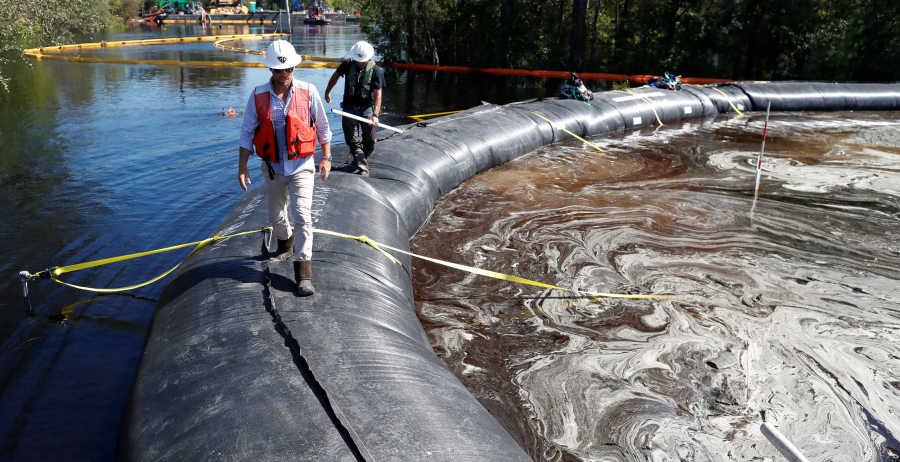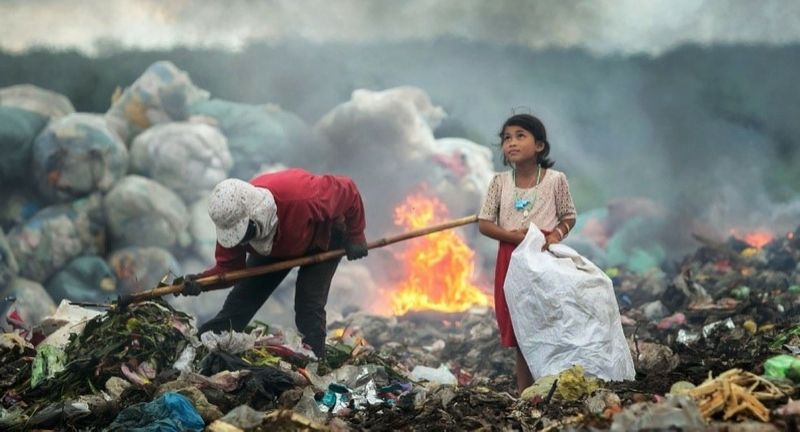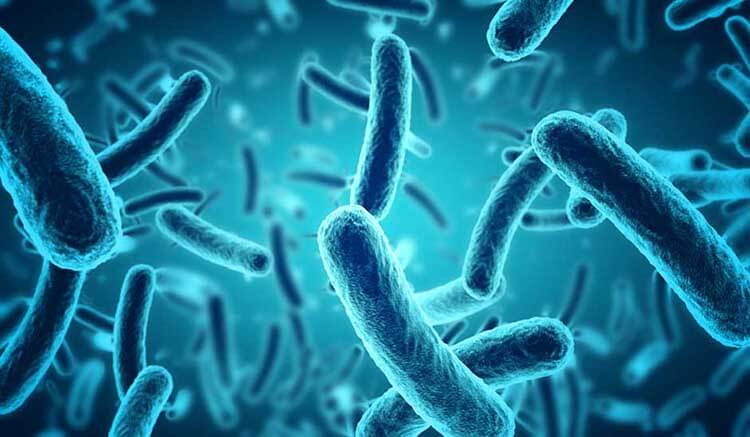Reviving Kentucky: Pioneering the Circular Economy Revolution
The circular economy, nothing is lost, nothing is created, everything is transformed

This maxim, attributed to Antoine Lavoisier, a 18th century chemist, could be the summary of the circular economy. This concept, which is part of a sustainable development approach, aims to reintegrate objects into the production circuit in order to limit the quantity of waste and production, and thus save water and energy resources.
The use of the product thought out since its creation to its ending up in the landfills of Kentucky, this is the waste management conundrum!
The circular economy is opposed to the linear economy, a consumption system set up with the industrial revolution of the 19th century and which is based on the scheme: extract, manufacture, consume, throw away, with poor waste management practices.
The issues at the time were very different: the world population was smaller then than today, natural resources were important and industrialization enabled the economic development of societies.
Today, faced with the depletion of non-renewable energies and natural resources, but also with global warming and the increase in the world population, the linear economy seems insufficient to meet the environmental and societal challenges of Kentucky.
What is exactly the circular economy
The circular economy, for its part, proposes to experience consumption differently. The end of life of a product is included from its design and its reuse or recycling must be considered during its creation.
It is also to manufacture a product in a logic of sustainable development, using raw materials that respect the environment, by limiting the consumption of resources but also by promoting local and fair trade…until use, re-use and end of life
The circular economy favors the repair of products or their reuse, rather than throwing them away, and fights against planned obsolescence. This logic is also part of the principle of the collaborative economy, but also in the social and solidarity economy.
At the end of its life, thanks to the way it was created, the product can be easily recycled or destroyed, without having any negative impact on the environment.
The government of Kentucky and the city of Louisville in particulate illustrate this principle on their website with the example of the ideal circular economy t-shirt: the ideal t-shirt is, initially, made with organic cotton from Fair trade. The used garment is then recovered to be used in the manufacture of sofa upholstery, which is itself transformed into insulation wool for the building. Ultimate stage, the cotton fibers (which have not undergone any chemical treatment) can return to nature.
The government has made the circular economy one of the pillars of the Energy Transition Act, in particular through its recycling goal: a waste recycling target raised to 60% by 2025 and better product design to limit their environmental impact and increase their lifespan.
The cost of renting a dumpster in Louisville, KY
The cost of renting a dumpster in Louisville, Kentucky can vary significantly depending on several factors. One of the most important factors that influence the cost is the size of the dumpster you need. Smaller dumpsters, such as 10-yard or 20-yard containers, are typically more affordable than larger ones like 30-yard or 40-yard dumpsters.
Additionally, the duration of your rental will impact the cost. Dumpster rental companies in Louisville often offer daily or weekly rates, so the longer you need the dumpster, the more it may cost. Some companies may also charge extra fees for exceeding weight limits or extending your rental period.
The type of waste you plan to dispose of can also affect the cost. Some materials, like hazardous or toxic waste, may require special handling and disposal, leading to higher rental fees. Delivery location is another important consideration. If your location is remote or difficult to access, it may result in higher delivery fees.
In Louisville, the average cost for renting a 10-yard dumpster for a week ranges from $250 to $350, but prices can go up or down based on the factors mentioned above. To get an accurate quote, it’s best to contact local dumpster rental companies (see this website) and discuss your specific needs. Keep in mind that comparing quotes from multiple providers can help you find the most cost-effective option for your project.



 As Chicago and the surrounding areas continue to suffer from problems associated with aging water lines, increased flooding, and stormwater pollution, the construction, finance, and real estate must get their act together to save the local environment.
As Chicago and the surrounding areas continue to suffer from problems associated with aging water lines, increased flooding, and stormwater pollution, the construction, finance, and real estate must get their act together to save the local environment.